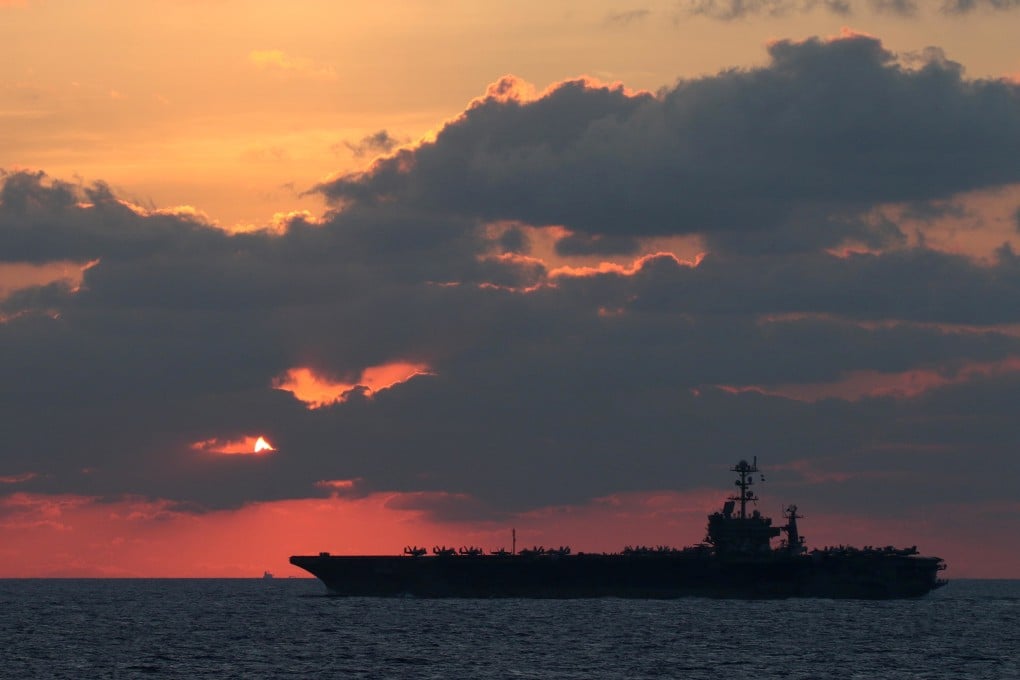Opinion | As US-China tensions rise, what is the outlook on the South China Sea dispute in 2020-21?
- The situation has grown fraught since the onset of Covid-19, with Indonesia, Malaysia, the Philippines and Vietnam also hardening their stance
- But China is unlikely to terraform further land features, while Vietnam will also refrain from legally challenging Beijing’s claims or actions

Actions undertaken by Beijing to assert its jurisdictional claims, and demonstrate that the pandemic has not undermined its political resolve or the operational readiness of the People’s Liberation Army (PLA), have been counterproductive.
On August 26, the US State Department imposed sanctions on an undisclosed number of Chinese citizens “responsible or, or complicit in, either the large-scale reclamation, construction, or militarisation of disputed outposts in the South China Sea”, while the US Department of Commerce blacklisted 24 state-owned companies involved in the construction of China’s seven artificial islands in the Spratlys.
China and the US accuse each other of provoking tensions and militarising the dispute. The Pentagon has increased the frequency of Freedom of Navigation Operations (FONOPs) in the South China Sea. In the first seven months of 2020, the US Navy conducted seven FONOPs in the Paracels and Spratlys, compared with eight in 2019, five in 2018 and four in 2017. The US Navy has also conducted a series of high-profile exercises in the South China Sea, including dual aircraft carrier operations for the first time since 2014,-and increased submarine deployments and maritime air patrols.
